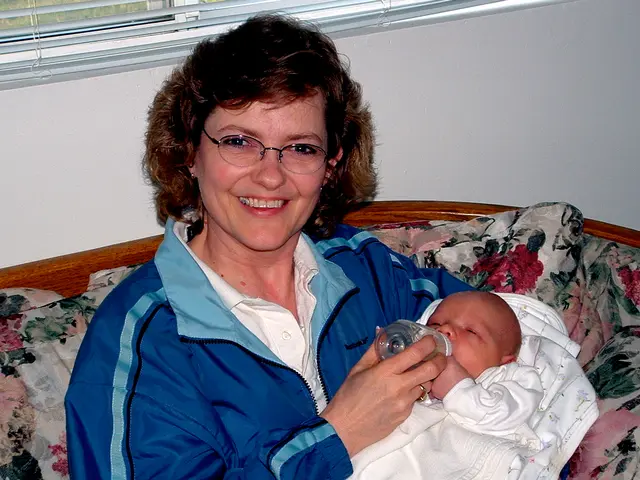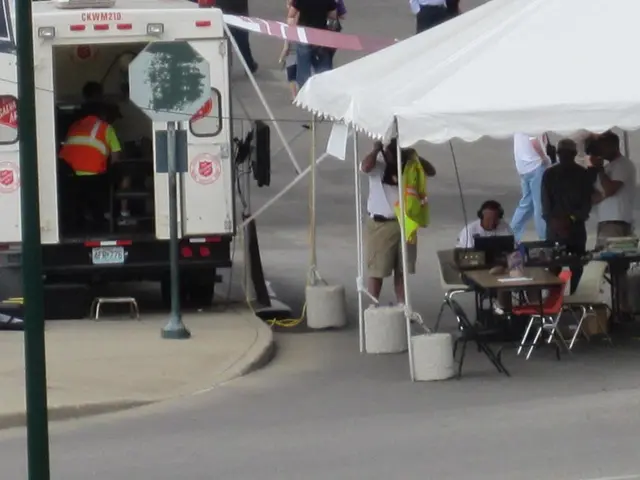Can Large Airbags in Aircrafts potentially Turn Air Disasters into Survivable Incidents? That's According to a Duo of Aviation Specialists.
In an effort to revolutionise aviation safety, Project REBIRTH, an AI-powered crash survival system, has been shortlisted for the prestigious 2025 James Dyson Award. This innovative technology, more than just engineering, is a response to grief and a promise that survival can be planned, even after failure.
The system, conceived following the tragic Air India Flight 171 disaster, prepares for the worst when all else fails. In the event of an emergency, airbags positioned at the plane's nose, belly, and tail explode, causing the fuselage to balloon outward. This design, inspired by the Michelin Man, aims to reduce crash forces by more than 60 percent in simulations.
If the engines aren't running, gas boosters activate in Project REBIRTH to slow descent and stabilise the aircraft. Conversely, if the engines are still functioning, they automatically engage reverse thrust, cutting speed by up to 20 percent.
The German Aerospace Center (DLR) has sought a partnership with the inventors of Project REBIRTH for testing full-scale models. After impact, the airbags shoot out an infrared beacon, GPS coordinates, flashing lights, and a bright orange paint job to help rescuers find survivors quickly.
However, aviation experts remain cautious about Project REBIRTH, citing concerns about the weight and drag that the airbags might add to a commercial jet. The airbags are multi-layered, made from Kevlar, TPU, Zylon, and lined with "non-Newtonian fluids" that stiffen under sudden force.
The tragic crash of Air India Flight 171, which took off from Ahmedabad and was bound for London, resulted in the death of 241 people and the survival of only one. The crash was due to fuel control switches being mysteriously cut off, causing the engines to lose power.
Srinivasan and Wasim, the creators of Project REBIRTH, were deeply affected by the tragedy and questioned the lack of a system for survival after failure. They have built a 1:12 model controlled by microcontrollers and carbon dioxide canisters, and they've prepared materials data, schematics, and crash test plans, hoping to partner with labs and manufacturers for full-scale trials.
On November 5, the Dyson Award judges will decide whether Project REBIRTH earns the prize. The system begins monitoring the moment a plane leaves the ground and uses a web of sensors and an onboard AI to determine if a crash below 3,000 feet is unavoidable. If a crash is deemed unavoidable, Project REBIRTH acts in under two seconds to puff the plane into a Michelin Man-like cocoon, offering a glimmer of hope in the face of tragedy.
Read also:
- Federal Funding Supports Increase in Family Medicine Residency Program, Focusing on Rural Health Developments
- Potential Role of DHA in Shielding the Brain from Saturated Fats?
- Alternative Gentle Retinoid: Exploring Bakuchiol Salicylate for Sensitive Skin
- Hanoi initiates a trial program for rabies control, along with efforts to facilitate the transition from the dog and cat meat trade industry.








